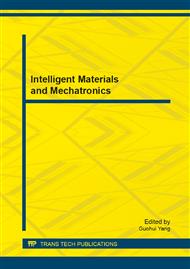p.381
p.387
p.391
p.399
p.406
p.411
p.416
p.420
p.424
Fatigue and Comfortableness Analysis in Product Design
Abstract:
Researching on fatigue and comfortableness of human body, one of the most important items in people-first design, this paper introduced the importance of the analysis on fatigue and comfortableness, analyzed the current methods for evaluating the fatigue and comfortableness, stated the way to analyze a kind of product using ergonomic software. Finally, an example about the truck design was given to show how the analysis was carried out.
Info:
Periodical:
Pages:
406-410
Citation:
Online since:
November 2013
Authors:
Keywords:
Price:
Сopyright:
© 2014 Trans Tech Publications Ltd. All Rights Reserved
Share:
Citation:


